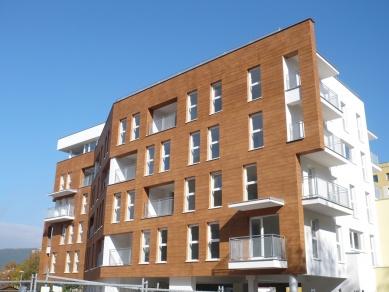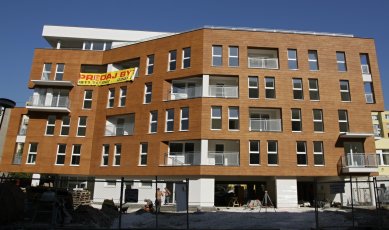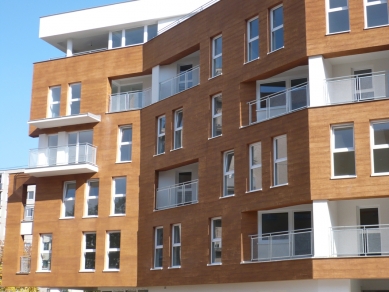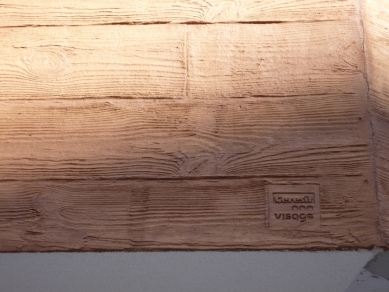The apartment building on Nitrianska Street in the Vlčince III housing estate in the Slovak regional city of Žilina is located in an area with excellent civic amenities. The building contains 23 apartments with very good layout solutions, commercial spaces, and a sufficient number of parking spaces. The building was completed in November last year, and its investor decided to apply the advantages of mineral thin-layer plaster with a wood structure, Ceresit Visage.























